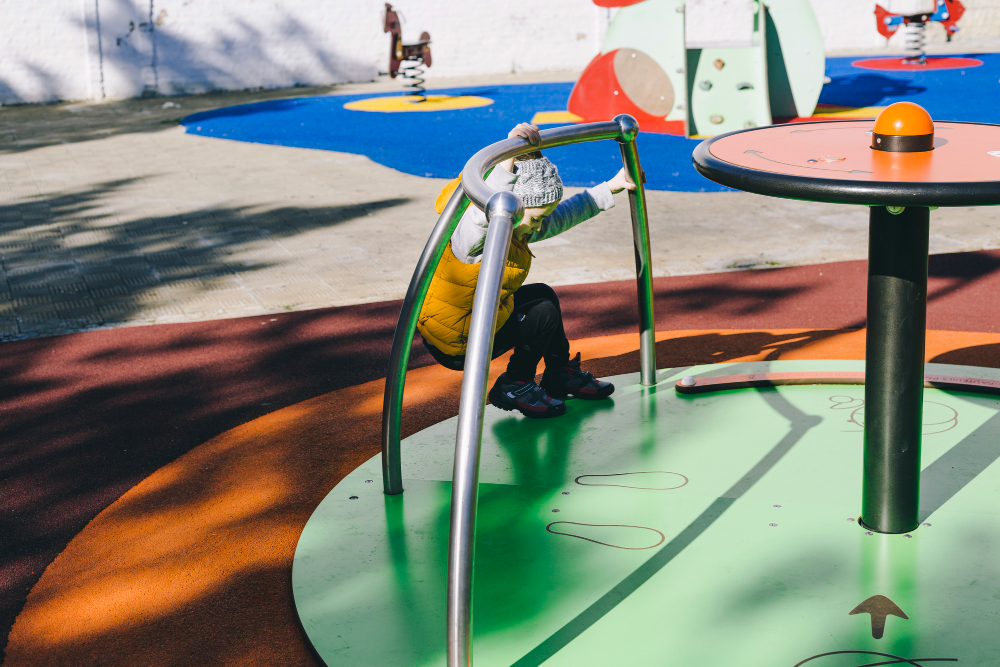
Beyond the Slide: Unique Playground Features Kids Love
A playground is the hub of laughter, energy, and excitement. For generations, it has been the one-stop destination to shape […]
February 15,2025
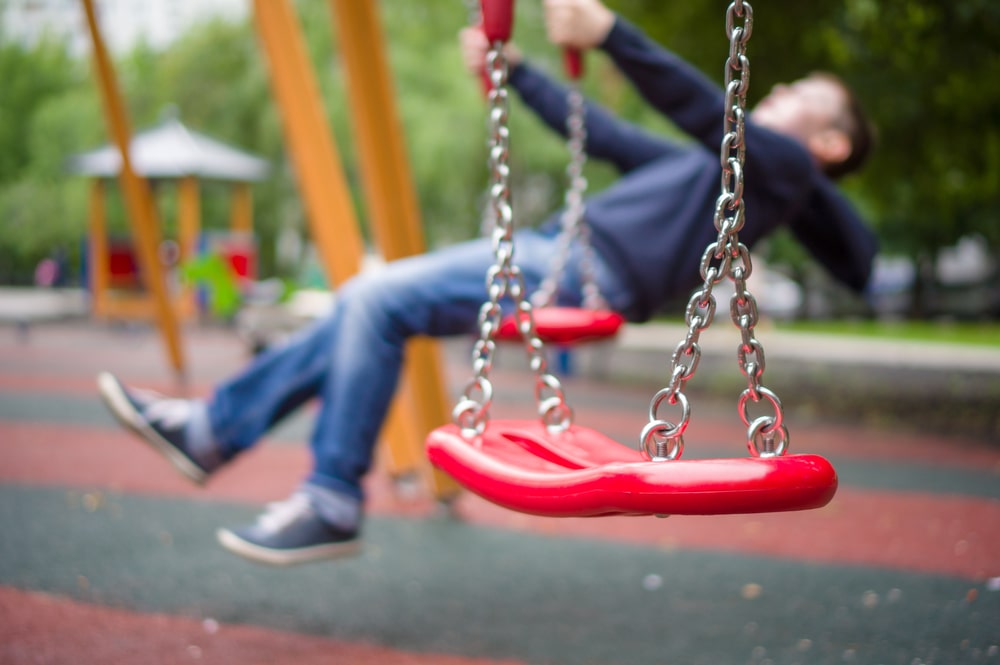
6 Keys to a Successful, Inclusive and Accessible Playground
A playground is where memories are made, friendships are formed, and physical and cognitive skills are developed. It is an […]
August 23,2024
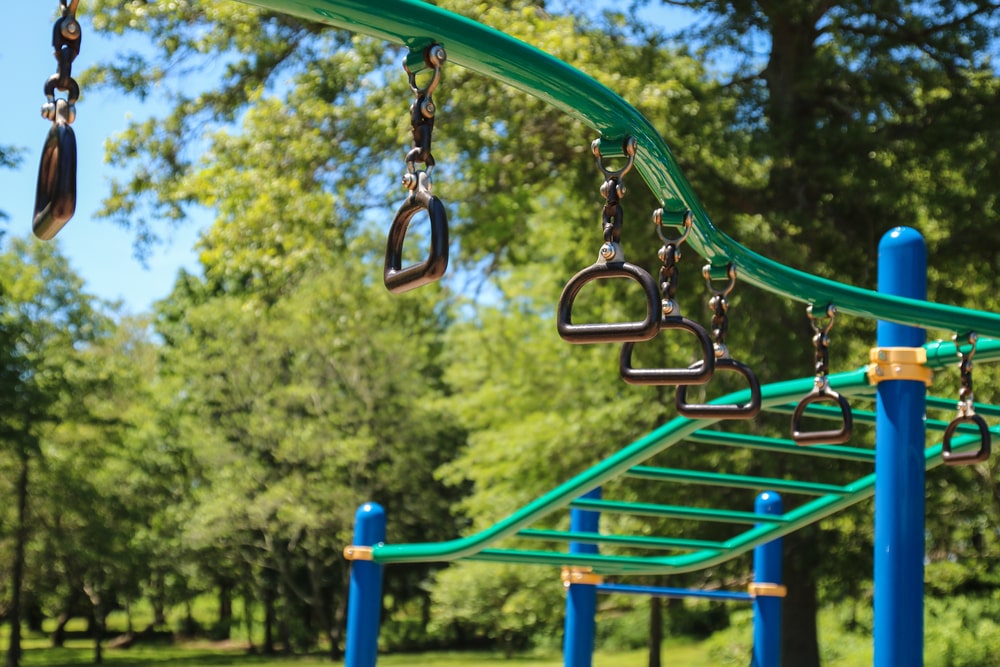
The Importance of Accessible Commercial Playgrounds in Houston
Commercial playgrounds Houston are indoor or outdoor play spaces for children, ensuring utmost safety in addition to providing enjoyment. While […]
September 25,2023
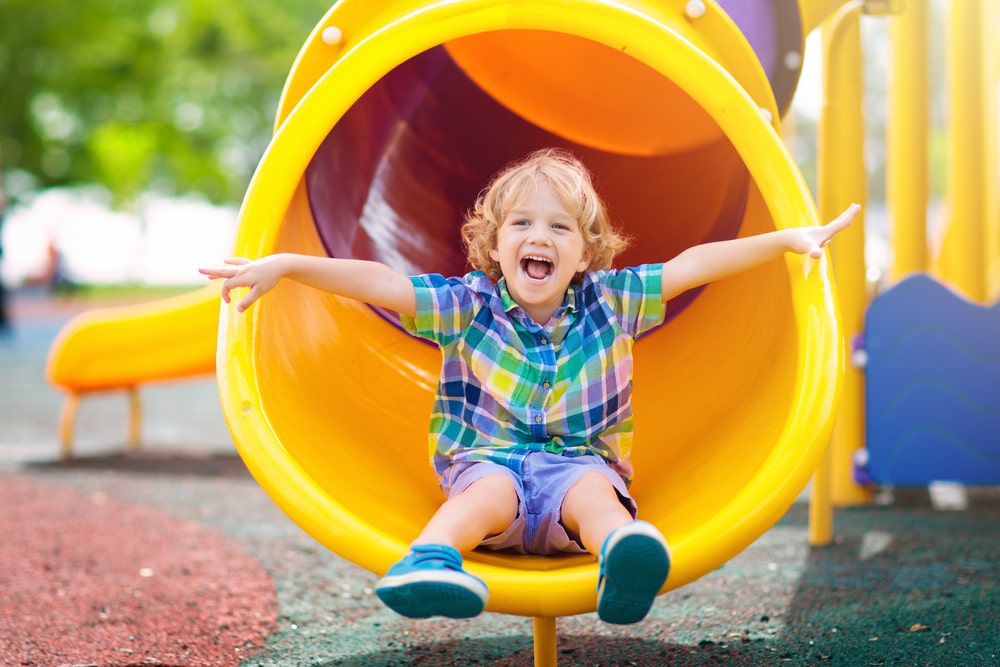
Benefits of Outdoor Play For Children & Their Development
Outdoor play is crucial for children’s development, allowing them to explore and learn about the world around them. One of […]
March 25,2023
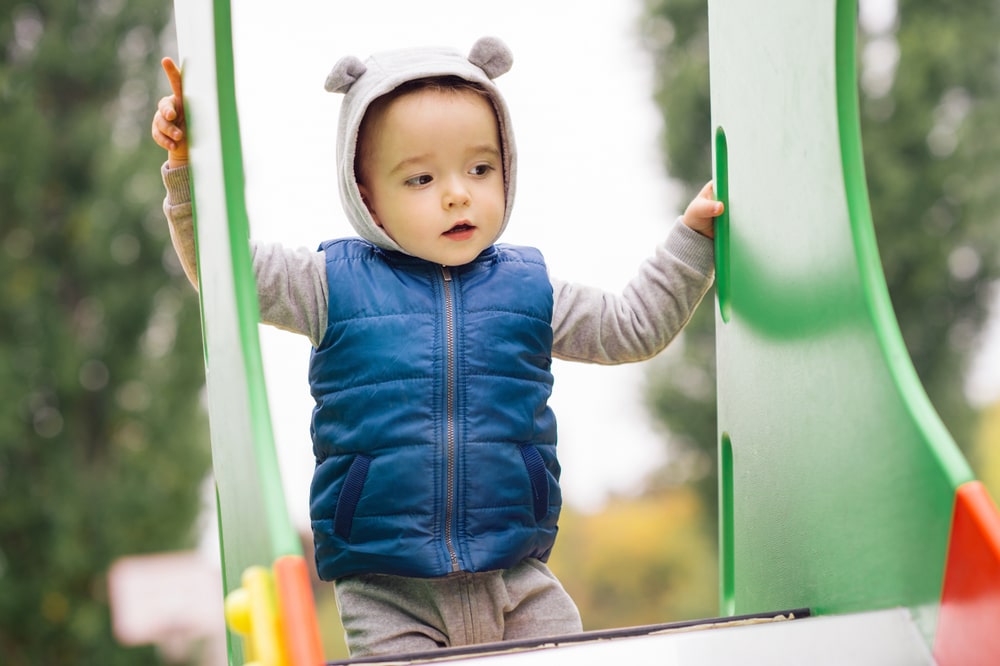
Balancing Playground Safety with Healthy Child Development
Kids’ outdoor playground is one of the first places where a child can easily experience the risk that comes with […]
December 30,2022
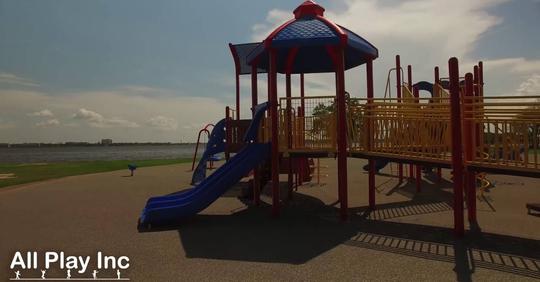
Equipment For Accessible Playgrounds
The advantages of play are significant to all children of any developmental phase or ability tier. The correct layout, secure […]
November 28,2022
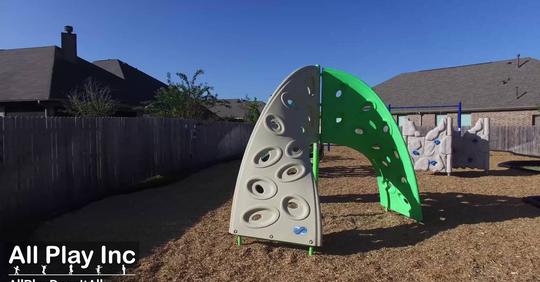
What Is an Accessible Playground?
Not all playgrounds are made equal when offering play possibilities for children of various physical and mental abilities. All guests […]
November 28,2022

Accessible Playgrounds, Inclusive Playgrounds — What’s the Difference?
Accessible Playground and Inclusive Playground: While the Americans With Disabilities Act (ADA) has been the law of the land since […]
January 02,2018

